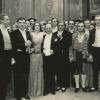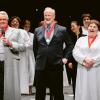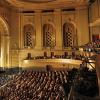
Even though the fall portion of San Francisco Opera’s centennial season concluded this month, celebrations continue with additional releases in SF Opera’s free online hub for historic recordings, interviews, and contemporary conversations.
The latest in the Streaming the First Century series is a fourth session — “Ho jo to ho,” named for Brünnhilde’s battle cry in Richard Wagner’s Die Walküre — which highlights significant performances of works by German and Austrian composers in SF Opera’s first 100 seasons.
The other three sessions are “Slavic Sensibilities” (works by Tchaikovsky, Leoš Janáček, Dmitri Shostakovich, and Modest Mussorgsky), “Parlez-vous français?” (works by Jules Massenet, Gustave Charpentier, Hector Berlioz, and Olivier Messiaen), and “Italian Roots” (works by Puccini, Verdi, Ruggero Leoncavallo, and Umberto Giordano).

As Lisa Hirsch reported in SF Classical Voice last week, “Until a few years ago, SF Opera didn’t have a formal archive or a professional archivist, but during David Gockley’s tenure as general director, he committed the company to both these things.”
The archivist is Barbara Rominski, and she and SFO Public Relations Director Jeffery S. McMillan “co-parented” and co-edited the “first 100 years” project, curating audio files of some of the greatest performances in the War Memorial.
Rominski also gives credit to former Director of Communications Jon Finck and the late Kori Lockhart, and those two had vital roles in preserving and presenting the archives and providing the public with access to the company’s riches.
The latest additions to the online hub include Richard Strauss’s Elektra (1966) and Salome (1974), Erich Korngold’s Die tote Stadt (2008), excerpts from Wagner’s Die Walküre (1936), Mozart’s Così fan tutte (1960), and Beethoven’s Fidelio(1978)
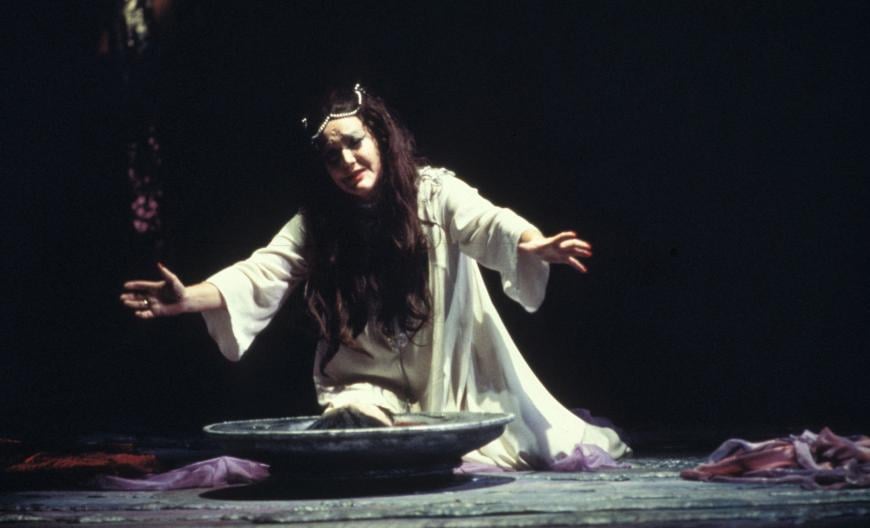
Each session features two complete opera recordings from the Archive, along with excerpts from four additional titles of historic significance. Introductions to each listening experience are offered by a panel of contemporary voices.
In addition to the 25 featured performance recordings, there is an array of archival interviews with artists of the past and newly captured conversations about the history of SF Opera. These testimonies, in audio and transcript formats, are available in Down the Rabbit Hole, a section of Streaming the First Century that also includes additional essays and pathways for inquiry.
In addition to archived interviews with sopranos Sena Jurinac, Elisabeth Söderström, Bidú Sayão, and Montserrat Caballé; tenor Luciano Pavarotti; conductor Calvin Simmons; and many others, the hub also includes newly recorded conversations with company members past and present about directing, hair and makeup, lighting, set construction, preservation, props, touring, the SF Opera Chorus, young artists, divas and divos, and oral history extracts from former general directors.
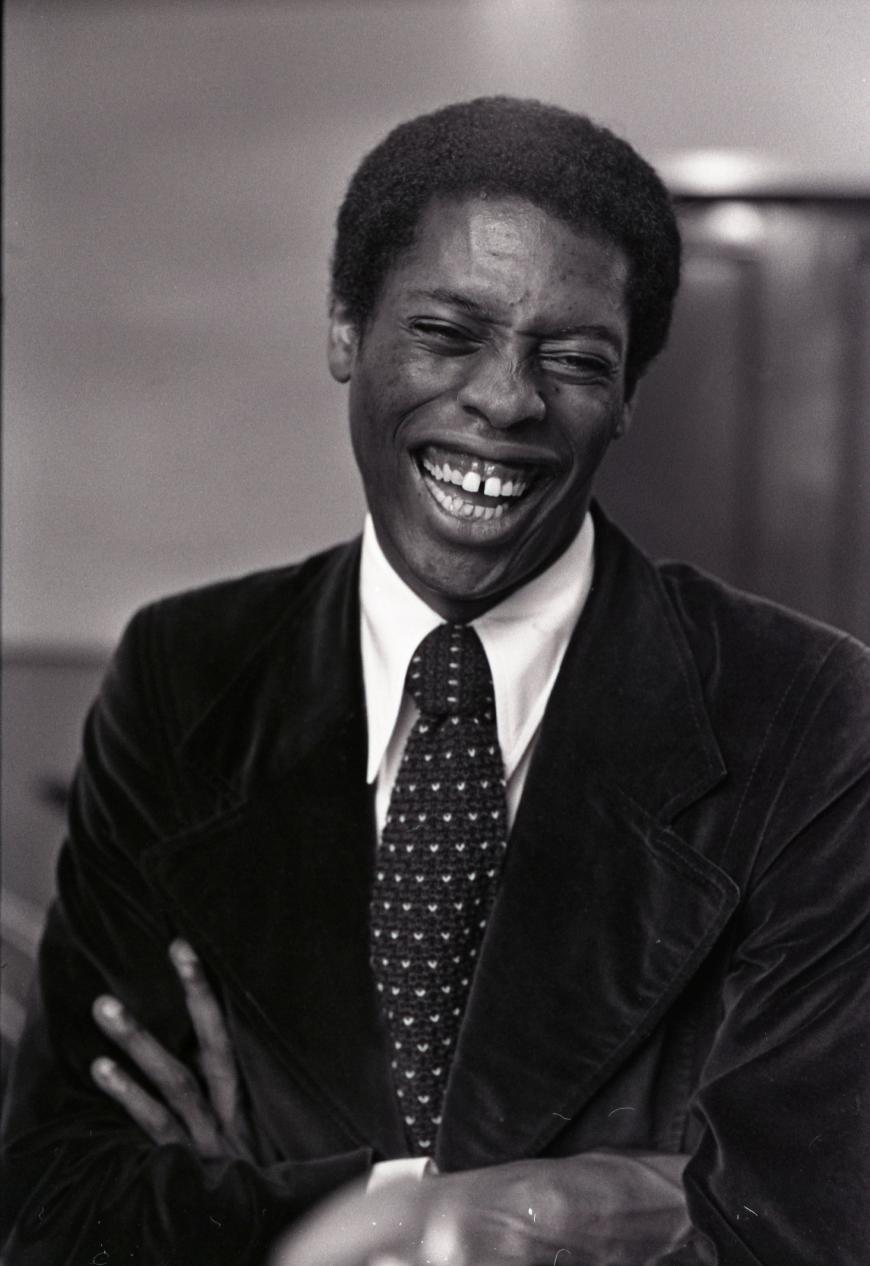
Of the selection process, McMillan told SF Classical Voice:
“We were very intentional about the selection of performances, the release schedule, and the user experience on the site. With 100 years of history, there is a temptation to try and put as much as humanly out there, but we didn’t want to overwhelm; Streaming the First Century is not a data dump.
“We want to invite people into this company’s history through these amazing audio mementos, and we called on a few writers, artists, and company members to provide different on-ramps and ways in. But ultimately it is up to you. Drop in and listen for a few minutes or stick around for hours and see just how far the rabbit hole takes you. The choice is yours, and that is part of the fun.”
For McMillan, whose background includes work as the editor of the journal of the Wagner Society of Northern California, the project is a matter of passion, clear from his own listening experience:
“I was just listening to the Werther (Session 2) again this morning and marveling at the emotional intensity of that performance. Definitely one of the must-hear performances in this project.
“The Die Walküre excerpts (Session 4) come from a truly historic San Francisco Opera performance, one of the only times that Kirsten Flagstad and Lotte Lehmann shared the same stage.
“We included Marcia Davenport’s broadcast introduction, which gives a sense of just how significant these artists already were at that moment in 1936. Now, 86 years later, Flagstad and Lehmann are part of the lore. Fortunately, this only-in-San-Francisco bit of music history was preserved. The performance took place on the day after the Bay Bridge opened to car traffic, which further establishes its context in time and space — this amazing event actually happened right here.”
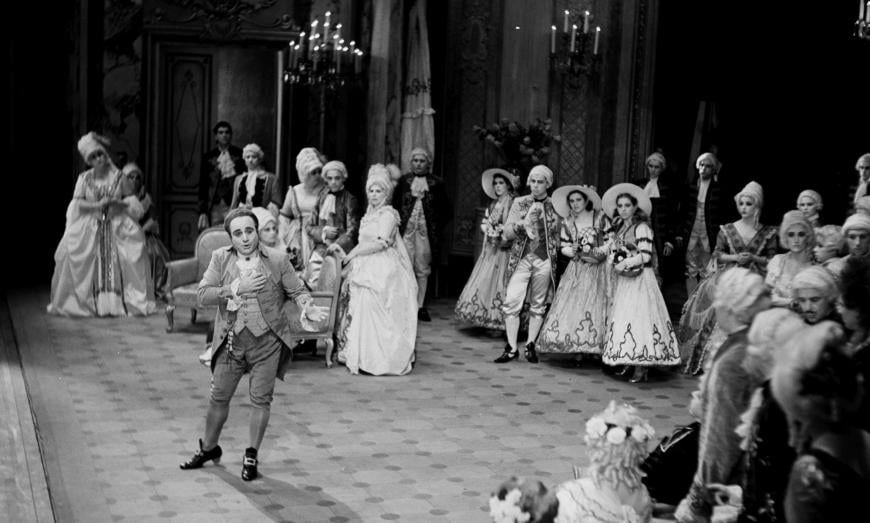
One of his (and my) favorite tenors, Beniamino Gigli, is heard singing the Act 1 aria from Andrea Chénier on opening night in 1938. “It is just so visceral,” said McMillan.
“It's kind of everything you could ever hope to hear and feel as an audience member, and I’m sure Gigli knew he was nailing it while spinning out the words with big, ringing tone. Only Act 1 was broadcast, and only a few of the source discs from that act survived, but thank goodness the one with the aria was one of those.”
The artistry of Leontyne Price, who made her American debut with SF Opera in 1957, is on full display in an archived performance of one of her greatest roles, Leonora in Verdi’s Il trovatore.
McMillan also points to a recording of a historic performance “led by Calvin Simmons, who died so tragically young, an authoritative and incisive account of Lady Macbeth of Mtsensk, and the company premiere of Les Troyens with two powerhouse leads, captured by some unknown member of the audience.”
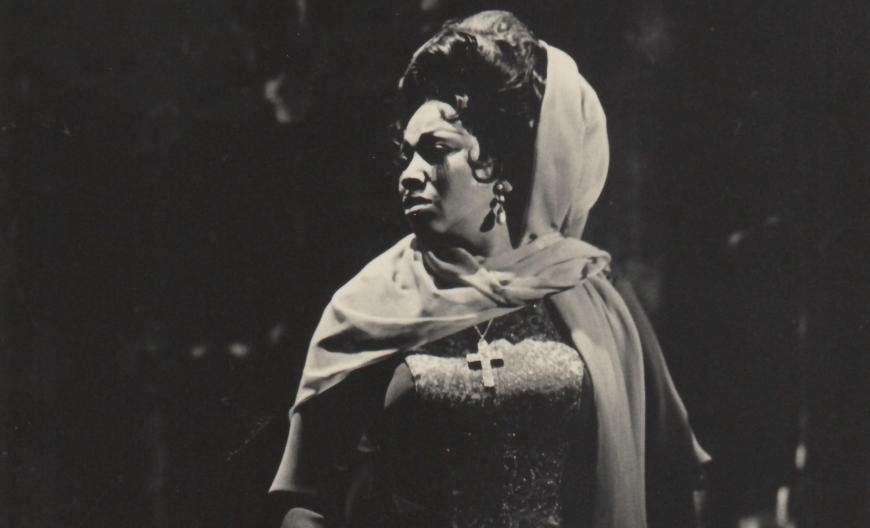
As most complete recordings are from radio broadcasts, introductions precede each, and I may not be alone in wanting to know how to go to the performance directly. McMillan explained:
“Yes, the audio player is a little tricky to manipulate and advance with precision, but the complete operas and excerpts all have chapter markings (click on the menu icon in the bottom right of the player window) so you can skip the intros and intermissions.
“I would also point out that for the excerpts there is a tab that includes date, cast, and synopses for what is happening in each of the selections. If you click the text’s link at the bottom of this page, you will launch a PDF with the same information but with the addition of parallel text for what is sung in those musical moments.”


